Rarely seen critters more visible; rapid growth invades natural habitats
Otters spotted in Granger Lake, bobcats in Round Rock, a beaver on Taylor’s bustling Main Street near the city park … things are getting wild in East Wilco.
What other exotic animals are found around here? Are they coming closer to town as rapid development invades their habitat?
“We don’t have formal tracking (of wildlife sightings), but anecdotally we have been seeing reports of beavers and otters popping up,” said Derrick Wolter, senior wildlife biologist for the Texas Parks and Wildlife Department in the area around Williamson County.
“Otters are the ones people are typically the most surprised and excited to see. They’re pretty interesting animals, and a lot of people have only observed them in zoos or on TV, so it’s cool to see them,” he added.
One reason otters and beavers seem to be showing up more is a decline in the demand for furs, Wolter said.
“Back in the ’60s and ’70s and early ’80s there was still a pretty good fur market,” he said. “Since that has slowed down, and as more people buy land that gets fragmented, and build more stock ponds and recreational ponds, there are additional areas for them to go to.”
The explosive growth of industry and population in East Wilco, and the last few months’ persistent drought, may also be driving wildlife to new foraging grounds.
“We can expect to s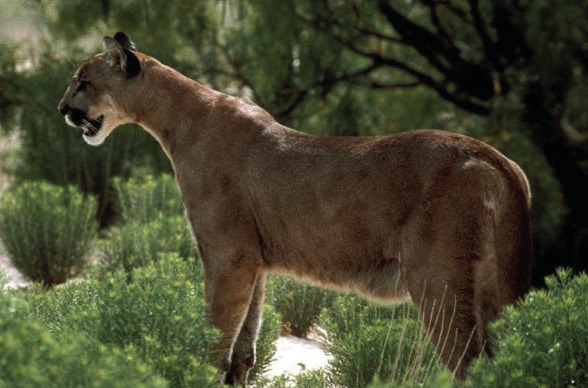 ee native wildlife moving into areas they don’t normally use,” Wolter said. “Wildlife populations are very resilient. They’ve been living in North America longer than we have, and they’ve evolved to deal with changes in environmental conditions.”
ee native wildlife moving into areas they don’t normally use,” Wolter said. “Wildlife populations are very resilient. They’ve been living in North America longer than we have, and they’ve evolved to deal with changes in environmental conditions.”
Lifelong Granger resident and fishing guide Tommy Tidwell knows a lot about the wildlife in and around Granger Lake. He grew up hunting and fishing all over Williamson County, and then earned a degree in wildlife and fisheries science from Texas A&M University.
“There are more wild animals around now than ever,” Tidwell said. “My grandpa lived in the same farm east of Weir on ‘Possum Creek all his life. When I was a kid I saw a fox out there, and he said he had never seen a fox or a bobcat before that. Coyotes and all those animals showed up when people started movin’ away from the farms.”
He added, “It used to be kids walked out in the country through the pastures with a .22. Now the kids are all sitting in the house playing video games and animals are repopulating.”
Tidwell agreed with Wolter the decline in demand for pelts has been a factor increasing sightings of furry critters in these parts.
“When (Granger Lake) was being built, raccoons were bringing real high prices, $20 or more each. People sold the furs to Europe. One guy even bought the meat and sold it. Nothing was wasted,” Tidwell said.
“Now I see otters out there, swimming all around the boat ramps. And there’s tons and tons of beaver all over the lake. There have been beaver here since before there was a lake — they would eat the tree limbs in two that we had our catfish lines on.”
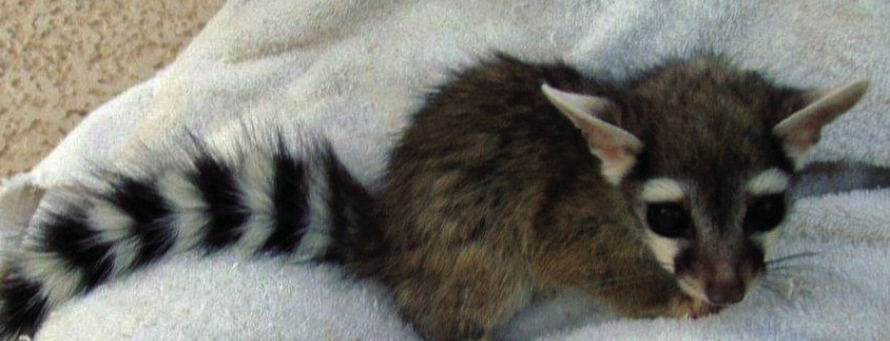
“There are even mountain lions,” Tidwell added. “I know a lady that saw one in Jonah, east of Georgetown. We’ve seen bald eagles and ospreys. Back in 2010 or ’11 when the lake was real low we had six whooping cranes – two couples and their babies – that stayed the winter at Granger Lake. It was real dry down at the coast, and those birds turned around and came back here and spent the winter at the lake eating freshwater mussels.”
Added TPWD’s Wolter, “Typically, if it’s really dry, we’ll see some waterfowl shift their migration patterns eastward. Birders will see some different birds that aren’t normally here.”
Pelicans don’t usually settle in East Wilco. But a one-winged pelican named Boudreaux is the mascot for All Things Wild Rehabilitation Inc. north of Georgetown, Williamson County’s primary wild animal rescue organization.
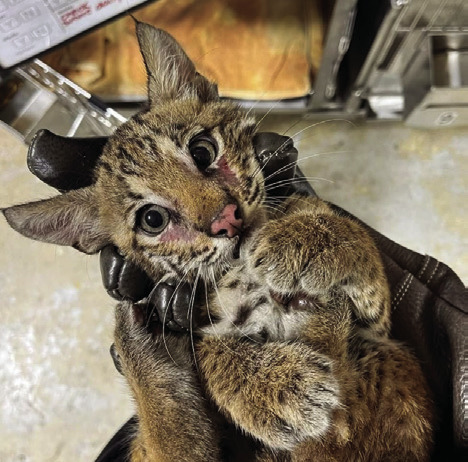
“Pelicans do migrate through here, and this one got his wing caught in some fishing line and it had to be amputated,” said Kim Fross, a board member at All Things Wild. Boudreaux found a permanent home at the center, where staff and volunteers care for about 3,000 injured, orphaned and sick wild patients every year.
Volunteers also operate an education program that brings information about outdoor animals to children and adults.
“We occasionally get beavers — and less often, otters that have been hit by cars, mainly as they are crossing roads to find water or food. Mostly we get raccoons and opossums and squirrels, or the occasional coyote or fox, or young bobcats somehow separated from their parents,” Fross said.
Wildlife experts believe the establishment of major facilities such as Samsung Austin Semiconductor in the prairie has been a factor in more human wildlife encounters.
“With all the construction going on here in Williamson County, especially on the Taylor side, the workers sometimes come across a den, or accidentally kill the mothers with their tractors, and bring the young ones in to us,” Fross said. “This time of year we have maybe 75 different animals in-house. They vary from baby squirrels to young hawks or owls and young raccoons.”
She said it’s not as common to see beavers or otters. Even more unusual, she said, are flying squirrels.
“They are around here in the wild, but they are elusive. They only come out at night,” Fross said.
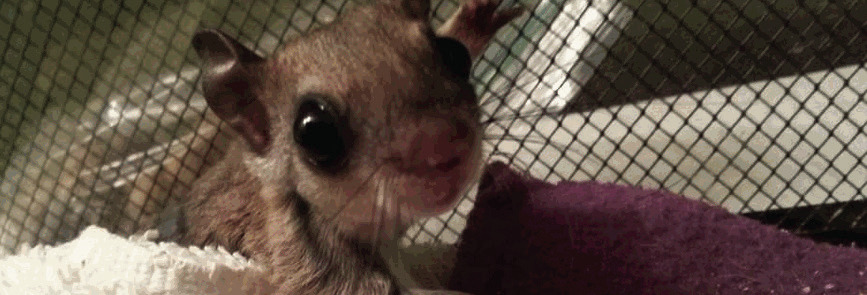
“I don’t think most people know we have them here … I didn’t know it until three little ones one came into our center about two years ago,” she said. Fross added that Austin Wildlife Rescue reported a flying-squirrel rescue in early October.
Tidwell has known about the flying squirrels for decades.
Back when he was still a student at Texas A&M, he said he heard squeaking from a nest of flying squirrels in a river bottom in the area. He asked his professor about it, and was told he must have heard something else, since the only flying squirrels in Texas were in the northeast part of the state. Tidwell proved him wrong.
He and his brother went on a flying squirrel hunt, he said, and he mounted the tiny skeleton for a major mammalogy project.
TPWD Wildlife Biologist Cullom Simpson isn’t normally surprised by reports of unusual animals.
“I try not to get caught off guard,” Simpson said.
“Otters aren’t true exotic animals. They’re native to Texas, although they may be expanding their range. Sometimes that’s positive, sometimes it’s not. A lot of landowners may not be that excited about seeing otters, since they’re really good at eating catfish,” the biologist added.
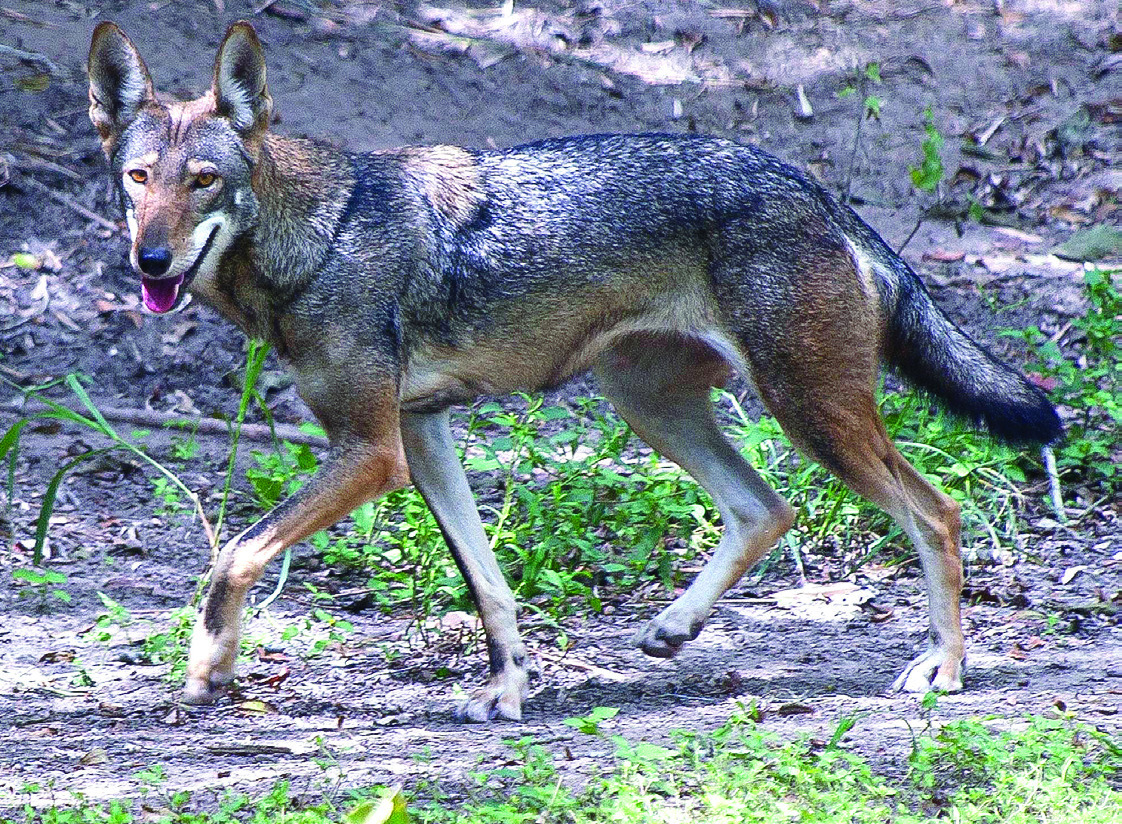
The rapid growth the area is experiencing will increase the number of wild animal reports, he predicted.
“As we get more and more development moving out into the wild land we’re going to see more interaction with coyotes, bobcats, all kinds of critters,” Simpson said. “One thing I think is important is for people to realize that not every animal is a mountain lion.”
He added, “Unfortunately, with social media and the news, I average about one to two calls a week in regards to, ‘I think I saw a mountain lion.’ They probably didn’t. The best way for us to answer those questions is if you can send us a photo.”
Speaking of exotic creatures, Simpson noted he has never had a credible report of a chupacabra, the fierce “goat-sucking” vampire beasts whose stories have terrorized children in Puerto Rico, Mexico and South Texas.
“But I probably get a report of a chupacabra every week,” he said.
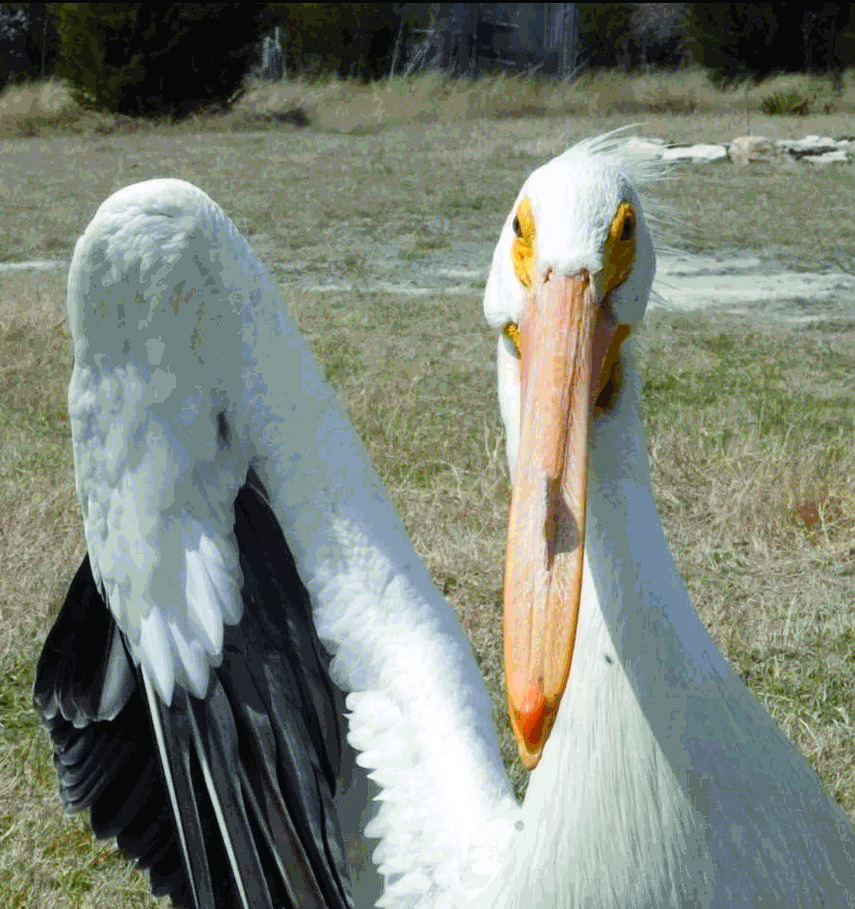

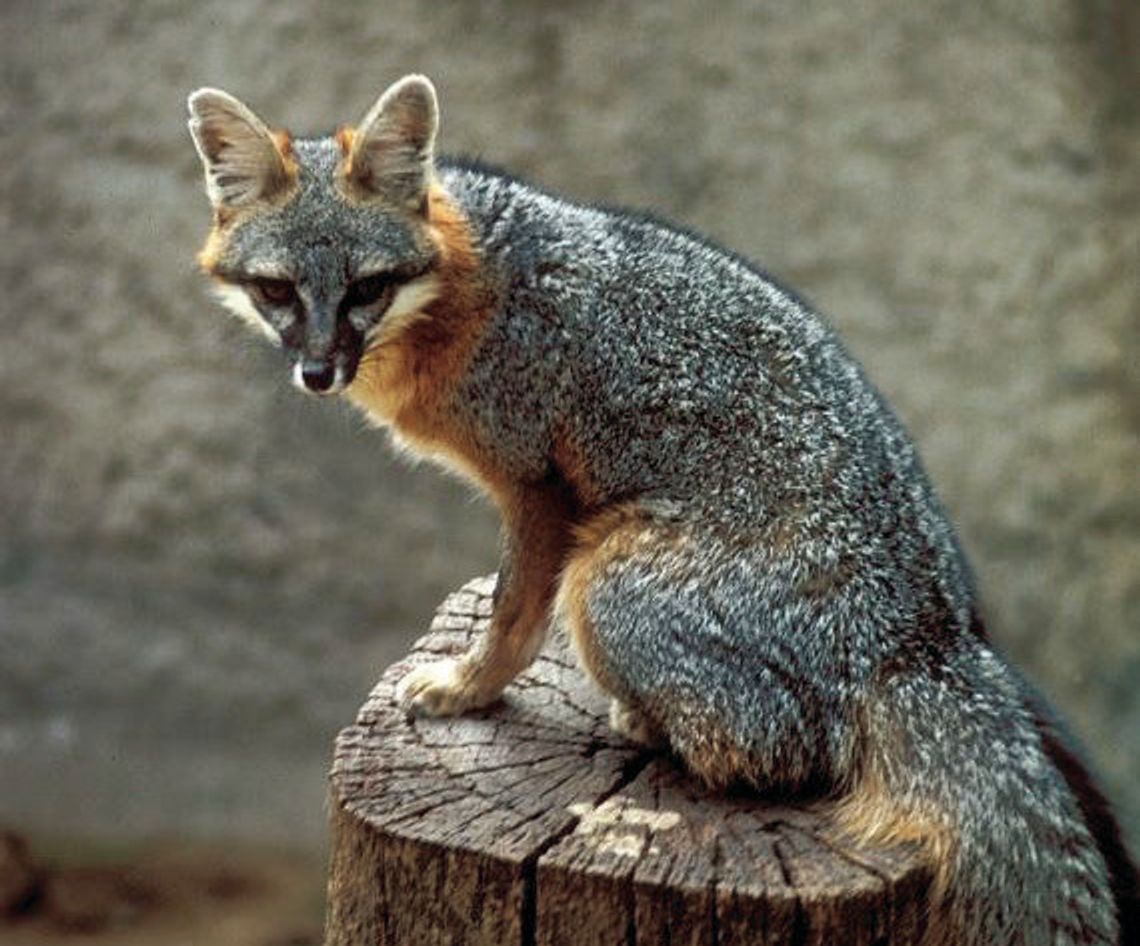






Comment
Comments